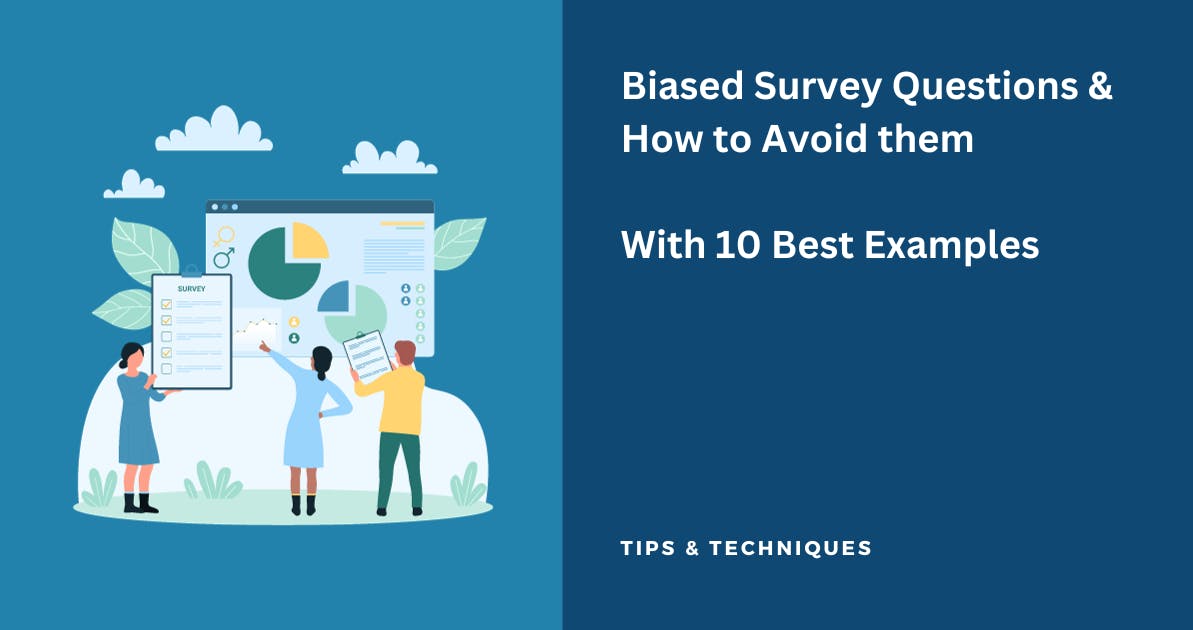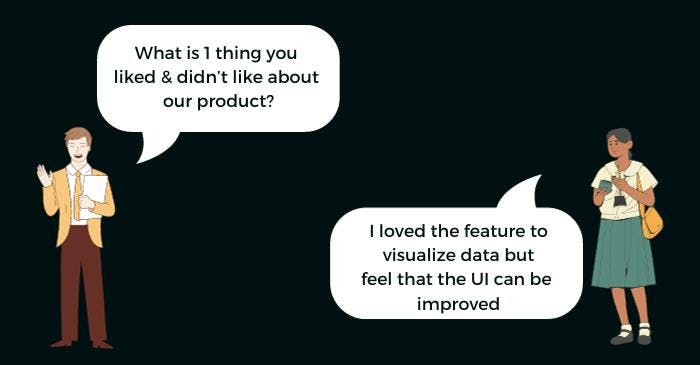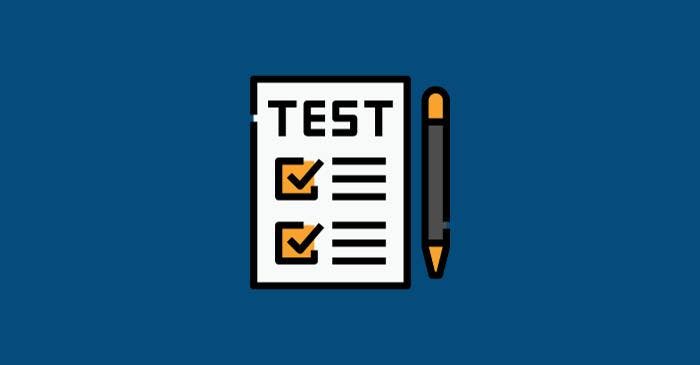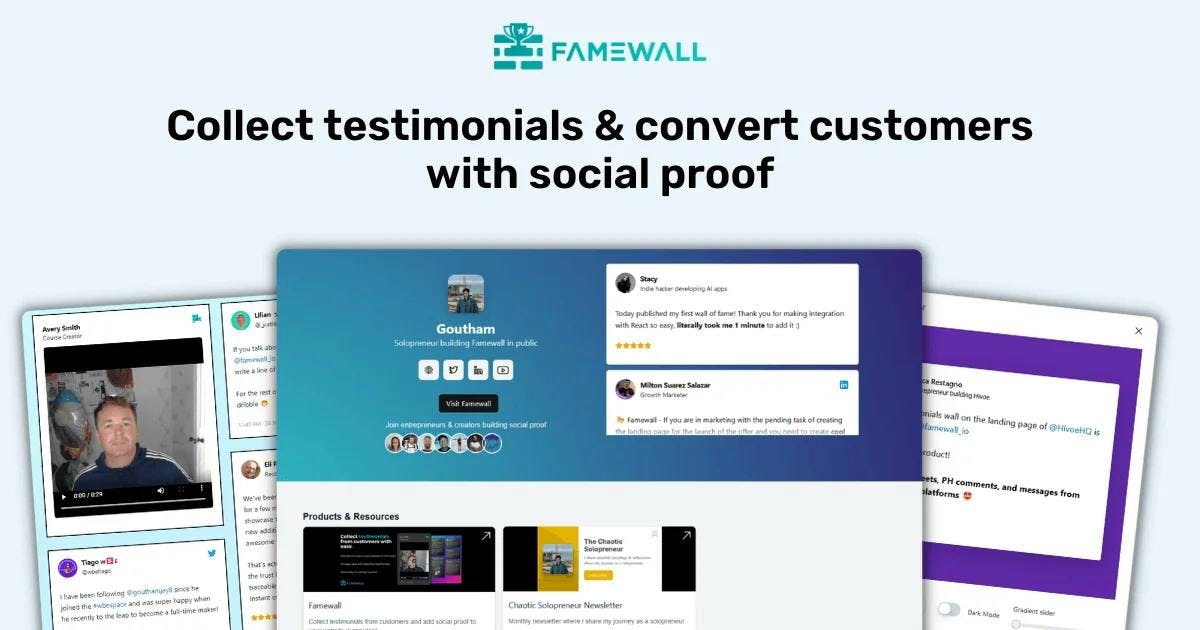How to Avoid Biased Survey Questions (10 Best Examples)

Have you ever received a survey from a business in an email only to dismiss them as you scrolled your inbox? Well, the truth is that can happen when you conduct a survey too!
In fact, you'll have higher survey completion rates & find conclusions easily if you are aware of the biased questions when doing surveys
And don't worry as you'll see in this article, you'll become aware of the common biased questions which can easily be avoided
What is bias in a survey?
In the context of surveys, bias refers to any error that prevents people from accurately reflecting the opinions or experiences they have when being surveyed
Let's have a look at a simple example where a business person asks the following question to their customer

Here the business person asks "How much do you love our product?" which is a really bad question that projects their bias into the survey
The customer would also be forced to answer it in a manner that doesn't offend the host even if they didn't want to.
Now let's flip the question differently

With just a simple change to the question, "What is 1 thing you liked & didn't like about our product?", the customer was able to provide an insightful answer which could be taken as proper feedback
Biased Survey questions can happen if your questions are hard for customers to understand, making it difficult for them to answer honestly.
Here are 10 common biased survey questions and how you can fix them to get better responses for your customer survey
Different Types of Biased Questions in Customer Surveys
- Vague or Ambiguous Questions Bias
- Leading Questions Bias
- Assuming Knowledge or Experience Bias
- Loaded Questions Bias
- Jargon Bias
- Double-Barreled Questions Bias
- Asking for too much information
- Not providing enough response options
- Making assumptions about the respondent
- Not pretesting the survey
1. Vague or ambiguous questions
A vague or ambiguous question is a bias introduced when a question is not clear or easy to understand. This can be due to poor wording, jargon, or complex grammar.

Example of Vague or Ambiguous Question:
- What are your thoughts on the current product?
This question is vague because it does not specify what aspect of the product the respondent is supposed to answer about. The respondent may not be sure how to answer the question.
Corrected Question:
- What is your opinion about the notification feature in the product?
This question is more specific about a particular feature in the product and helps the respondent genuinely bring out their opinion
2. Leading questions
A leading question suggests or implies an answer upfront to a customer taking a survey.
This happens when the business makes assumptions, or states the answer as a fact. This makes the customer choose what the company regardless of their own opinion

Example of Leading Question Bias:
- What is a reason you feel Y is better than Y's competitors?
This question is leading because it assumes that all the competitor products are less useful. The respondent may feel pressured to agree with this statement, even if they don't believe it.
Corrected Question:
- Is X better than its competitors? If not what can it do to improve?
This question gives customers the option to choose based on their own experience
3. Assuming knowledge or experience
A question that assumes knowledge or experience is a biased question that asks the respondent about something they may not know or have experienced.
This can lead to frustration and may cause the respondent to abandon the survey out of frustration.

Example of Assuming Knowledge Bias:
- What is your favorite part of using our product?
This question assumes that the respondent has used the product. If the respondent has not used the product, they will not be able to answer the question.
Corrected Question:
- Did you happen to use the product? If yes, could you explain what was something you liked?
This question first inquires if a respondent is in a position to answer the question before asking them the question.
4. Loaded questions
A loaded question is a biased question designed to provoke an emotional response from the respondent.
This is done when a business uses negative language, makes generalizations, or appeals to the respondent's prejudices.

Example of Loaded Question Bias:
- Don't you think that we should be doing more to help small business owners?
This question is loaded because it assumes that the respondents themselves are not already doing enough to help the small business owners. The respondent may feel guilty or ashamed if they don't agree with the statement.
Corrected Question:
- What are some ways we can support small businesses in our community?
This question leaves an open end and allows respondents to write their opinion freely without being overtaken by emotions
5. Using jargon or technical terms
Using jargon or technical terms can make your survey difficult to understand for some respondents and even get them to drop the survey.
This can lead to inaccurate answers or may cause the respondent to have a bad impression of the business itself

Example of Question using jargon:
- How synergic was our product?
This question uses the jargon term "synergic ." It is highly likely that the respondents would not be familiar with this term, and they will not be able to answer the question.
Corrected Question:
- Were you able to use a combination of different features to achieve your goal?
A simple change - synergic is explained so that the respondent can quickly jot down their answer
6. Double-barreled questions
A double-barreled question is a question that tries to ask two questions in one. The name is derived from a shotgun scenario where a shotgun has two parallel barrels allowing it to fire two shots in quick succession
This can be confusing for the respondent and may lead to inaccurate answers.

Example of Double-Barreled Question Bias:
- How satisfied are you with the quality and price of our products?
This question asks two separate questions in one: one about the quality of the products and one about the price of the products.
This makes it difficult for respondents to give a single answer that accurately reflects their opinion of both the quality and price of the products.
Corrected Questions:
- How satisfied are you with the overall quality of our products?
- How satisfied are you with the pricing of our products?
By asking these questions separately, you can get a better understanding of the respondents' opinions on both aspects, quality and price.
And this happens without forcing them to choose between the two. This approach provides a more nuanced understanding of their preferences.
7. Asking for too much information
Asking for too much information can make your survey long and tedious. This can lead to respondent fatigue and may cause the respondent to abandon the survey.

Example of Asking for too much information:
- Please list all of the reasons why you are not satisfied with our customer service.
This question asks for too much information. The respondent may not be able to remember all of the reasons why they are not satisfied with customer service.
Corrected Questions:
- What specifically about our customer service did you find unsatisfactory?
This question addresses the bias and focuses on gathering actionable feedback
8. Not providing enough response options
Not providing enough response options can force the respondent to choose an answer that does not accurately reflect their opinion. This can lead to inaccurate data.

Example of not providing enough response options:
- How would you rate our product?
(1) Poor
(2) Good
This question only provides two response options which feel extreme. The respondent may feel that none of these options accurately reflect their opinion.
Corrected Question:
- How would you rate our product?
(1) Very Poor
(2) Poor
(3) Neutral
(4) Good
(5) Very Good
This question provides five response options, which allow respondents to be a bit more expressive about their opinions.
The response options are also labeled with descriptive terms, which helps to ensure that respondents understand the meaning of each option.
9. Making assumptions about the respondent
Making assumptions about the respondent can lead to inaccurate data.
This is because the survey may not be relevant to all respondents.

Example of making assumptions about the respondent:
- How satisfied are you with the level of customer service you have received from our company?
This question assumes that the respondent has had customer service experience with the company.
This may not be the case for all respondents, and it could lead to biased results
Corrected Question:
- Have you ever had customer service experience with our company? If so, how satisfied were you with the level of service you received?
This question allows the respondent to indicate whether or not they have had customer service experience, and it only asks for feedback from those who have had experience.
10. Not pretesting your survey
It is important to pretest your survey before you distribute it to a large number of respondents. This will allow you to identify and correct any problems with the survey.
Also, you have to be careful enough not to compare a survey that works with a small group with a bigger group. Balance is key

Example Scenario of not pretesting your survey
Scenario:
A company is developing a new product and wants to gather feedback from potential customers.
They create a survey and send it out to a large number of people. However, they do not pretest the survey before sending it out.
Problems:
- The survey questions are confusing and difficult to understand.
Some of the questions are worded in a way that is unclear or ambiguous. Makes it difficult for respondents to understand what they are being asked and to provide accurate answers. - The survey is too long and time-consuming.
Respondents are likely to abandon the survey if it is too long or time-consuming to complete. Leads to a low response rate and makes it difficult to collect enough data. - The survey does not reach the right target audience.
The company did not carefully consider who should be taking the survey. As a result, some of the respondents may not be potential customers for the product. This will make the feedback that is collected less useful.
Consequences:
- The company does not collect the data that they need to make informed decisions about the new product: This could lead to the development of a product that does not solve the problems of potential customers.
- The company wastes time and money on the survey: They spend time and money creating and distributing the survey, but they do not get any useful data in return.
Prevention:
The company could have avoided these problems by pretesting the survey with a small group of people before sending it out to a larger number of respondents.
Pretesting would have allowed to identify and fix any problems with the survey before it was too late.
Here are some potential problems that could have been identified by pretesting:
- Finding a question that is confusing or difficult to understand that can be reworded.
- Identifying questions that are irrelevant to the target audience which could be removed.
- The order of the questions could be changed to make the survey more logical.
Wrapping Up
We've seen the different biases that come into play in survey questions and how you can avoid them. And if you're more interested you can also have a look at the different email templates you can use to send surveys to your customers
Try Famewall for free to start collecting testimonials from customers & display them as social proof on your websites without writing any code



